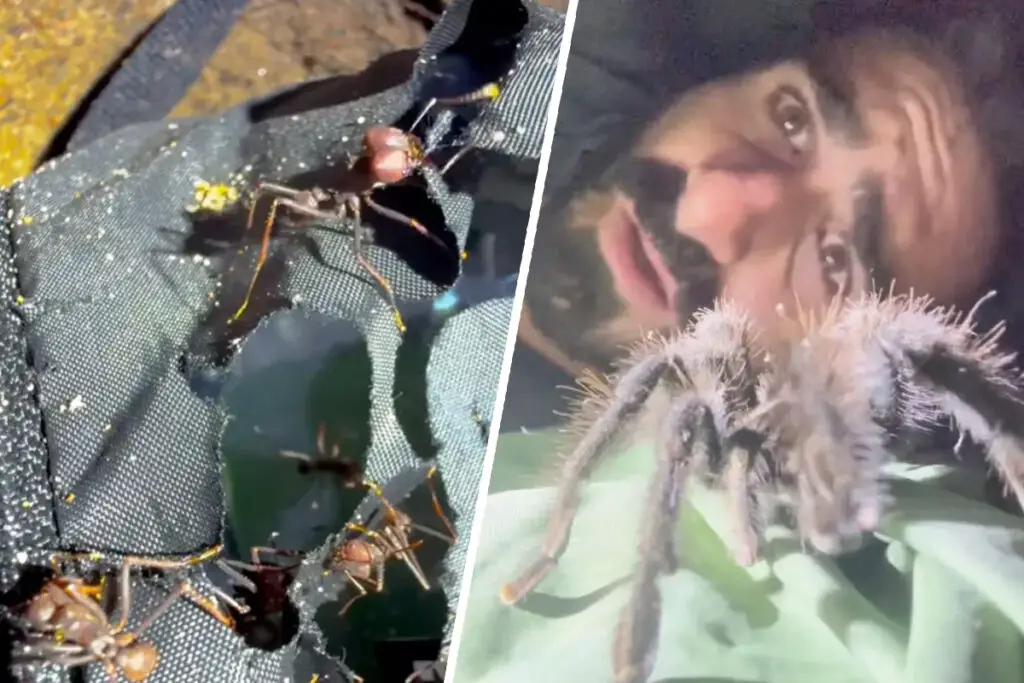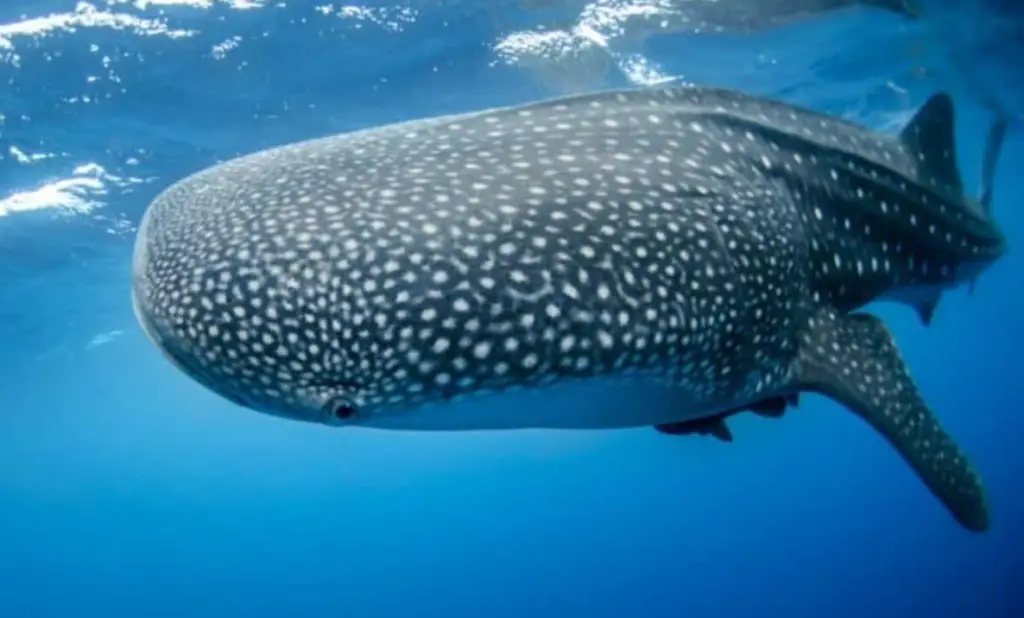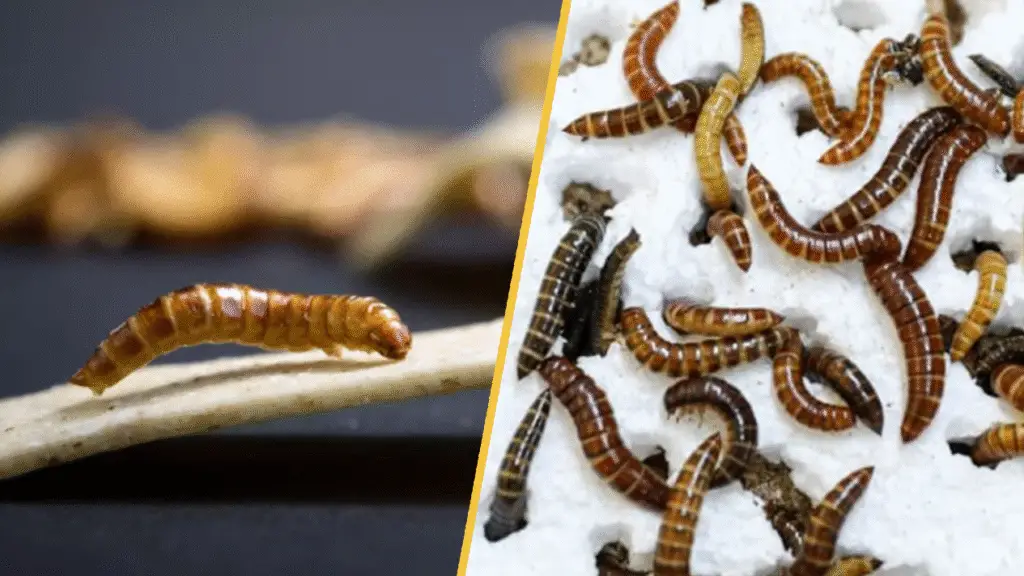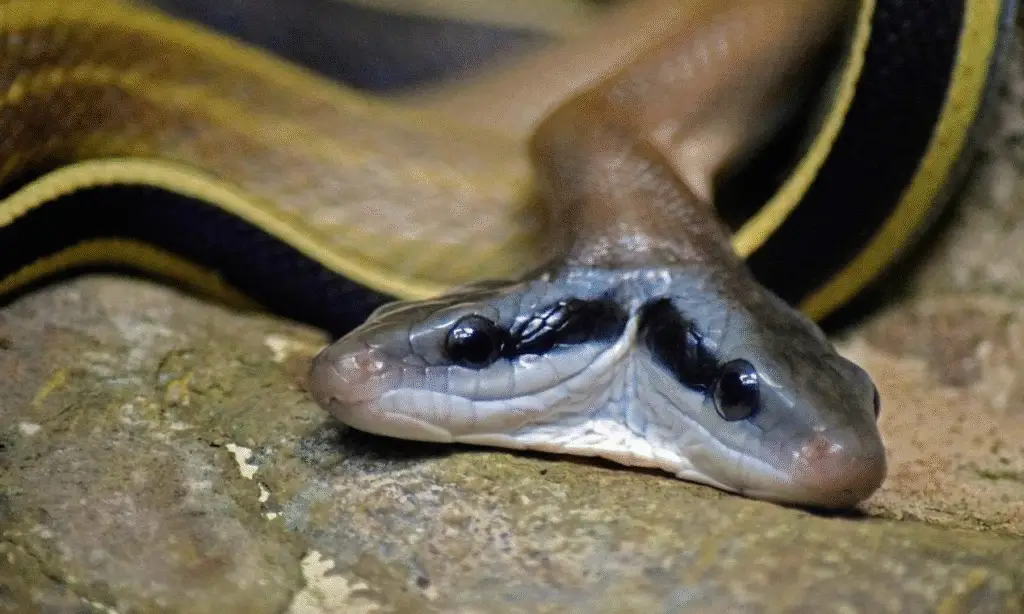Blood Waterfall of Antarctica: Nature’s Most Mysterious Phenomenon

- Discovered in 1911 during the Terra Nova Expedition, Blood Falls features iron-rich brine that turns red upon exposure to air.
- Hypersaline water remains liquid at sub-zero temperatures, hosting ancient microbes adapted to extreme conditions.
- Recent studies reveal a vast subglacial network, hinting at hidden ecosystems with implications for extraterrestrial life.
In the vast, frozen expanse of East Antarctica’s McMurdo Dry Valleys, a vivid scarlet stream occasionally bursts forth from cracks in Taylor Glacier, staining the pristine white ice like a wound in the landscape.
This eerie outpouring, known as Blood Falls, has puzzled explorers and scientists for over a century, drawing comparisons to otherworldly phenomena and sparking debates about life’s resilience in Earth’s harshest environments.
What secrets does this crimson cascade hold, and how does it challenge our understanding of glacial dynamics?
The story begins with the British Antarctic Expedition of 1910-1913, led by Robert Falcon Scott.
Australian geologist Thomas Griffith Taylor, part of the team, ventured into the ice-free valleys during a mapping survey.
On a crisp day in 1911, he spotted the unusual red discoloration seeping from the glacier’s terminus into the frozen surface of West Lake Bonney.
Taylor documented the sight, noting its stark contrast against the surrounding desolation, and the feature soon bore his name, as did the nearby valley and glacier.
Early observers, including Taylor himself, speculated that the hue stemmed from red algae thriving in the meltwater, a theory that seemed plausible given the continent’s sparse but tenacious biology.
As expeditions evolved into systematic research in the mid-20th century, doubts arose about the algae explanation.
Samples collected during the International Geophysical Year in 1957-1958 hinted at inorganic causes, but it wasn’t until advanced analytical techniques emerged that the true culprit surfaced.
Chemical assays revealed high concentrations of ferrous iron in the outflow. When this iron-laden brine meets oxygen in the atmosphere, it oxidizes rapidly, forming rust-like ferric compounds that impart the bloody red tone.
The water emerges clear from the ice, only transforming upon contact with air, a process akin to how exposed metal corrodes.
Yet the coloration is just the visible tip of this Antarctic mystery. The McMurdo Dry Valleys, often called the closest analog to Mars on Earth due to their arid, cold conditions, average temperatures around minus 17 degrees Celsius.
At such extremes, water should freeze solid, but Blood Falls defies this, flowing intermittently like a subterranean pulse. Investigations in the 1990s began unraveling this paradox.
Researchers found the brine’s salinity exceeds that of typical seawater by two to three times, creating a hypersaline solution that depresses the freezing point to below minus 7 degrees Celsius.
This allows the liquid to remain mobile even in the glacier’s frigid grip, seeping through fissures carved by pressure and movement.
Delving deeper, scientists traced the brine’s origins to a time when Antarctica’s climate was markedly different.
Geophysical surveys, including ground-penetrating radar and electromagnetic mapping, indicate that about 5 million years ago, during the Pliocene epoch, rising sea levels flooded ancient fjords in the region.
As glaciers advanced, they sealed off pockets of seawater, trapping them beneath hundreds of meters of ice.
Over millennia, this isolated reservoir concentrated salts through freeze-concentration processes, where pure ice forms and expels dissolved ions into the remaining liquid.
Today, this ancient brine, enriched with sulfates and chlorides, slowly migrates toward the glacier’s edge, driven by hydraulic gradients and the weight of overlying ice.
What truly elevates Blood Falls from geological curiosity to biological marvel is the life teeming within its depths. In 2003, microbiologist Jill Mikucki, then at Dartmouth College, led a team that sampled the outflow.
Their findings, detailed in peer-reviewed journals, uncovered a thriving microbial ecosystem cut off from sunlight and atmospheric oxygen for potentially millions of years.
These microbes, numbering in the dozens of species, rely on chemosynthesis rather than photosynthesis. They metabolize dissolved iron and sulfate ions, reducing ferric iron to ferrous forms and oxidizing sulfur compounds to generate energy.
This metabolic pathway, rare on Earth’s surface but possibly common in subsurface realms, sustains a food web in total darkness.
Subsequent genomic sequencing identified at least 17 distinct microbial taxa, including bacteria related to those in deep-sea hydrothermal vents.
These organisms exhibit remarkable adaptations: enzymes that function at low temperatures, membranes resistant to high salinity, and mechanisms to scavenge scarce nutrients.
The community includes iron-reducers like Geobacter species and sulfate-reducers such as Desulfovibrio, forming a closed-loop cycle that recycles elements without external inputs.
Astrobiologists view this as a model for potential life on icy moons like Europa or Enceladus, where sub-surface oceans might harbor similar chemosynthetic biospheres shielded from cosmic radiation.
| Key Fact | Detail |
|---|---|
| Discovery Year | 1911 |
| Discoverer | Thomas Griffith Taylor |
| Location | Taylor Glacier, McMurdo Dry Valleys, East Antarctica |
| Color Mechanism | Oxidation of ferrous iron to ferric oxide upon air exposure |
| Salinity Level | 2-3 times that of seawater |
| Freezing Point Depression | Remains liquid below -7°C |
| Microbial Species Count | At least 17 identified taxa |
| Metabolic Process | Chemosynthesis using iron and sulfate |
| Age of Trapped Brine | Approximately 1.5-5 million years |
| Environmental Analog | Mars-like conditions in Dry Valleys |
Advancing technology has peeled back more layers of this enigma. In 2017, a team from the University of Alaska Fairbanks used airborne radar to map an extensive network of subglacial channels extending over 100 kilometers beneath the Dry Valleys.
This hydrological system, previously undetected, suggests that Blood Falls is merely one outlet for a larger brine reservoir, possibly interconnected with other valleys.
Seismic data from 2022 expeditions indicate episodic releases triggered by glacial surges or seismic activity, though the exact mechanisms remain elusive.
Could pressure buildups from tectonic shifts along the Transantarctic Mountains play a role?
Climate change adds another dimension to the intrigue. Warming trends in Antarctica, with average temperatures rising by 0.5 degrees Celsius per decade in some regions, could accelerate ice melt and alter brine flow patterns.
A 2024 study from NASA’s Jet Propulsion Laboratory modeled scenarios where increased melting exposes more of the subglacial lake, potentially releasing ancient gases or microbes into the atmosphere.
What environmental impacts might follow, and how could this affect global carbon cycles?
Fieldwork challenges compound the mystery. Accessing the site requires specialized helicopters or overland traverses from McMurdo Station, 80 kilometers away, with operations limited to the brief austral summer.
Contamination risks demand sterile protocols, as introducing modern microbes could skew samples.
Despite these hurdles, international collaborations under the Antarctic Treaty continue, with plans for robotic probes to drill into the reservoir without breaching the ice seal.
As researchers probe further, tantalizing questions emerge. Does this brine connect to even deeper aquifers, perhaps linking to the continent’s vast subglacial lakes like Vostok or Ellsworth?
Might undiscovered species lurk in uncharted pockets, evolving novel biochemistries?
And if such life persists in isolation for eons, what does it reveal about the origins of biology on Earth—or beyond?
Each discovery at Blood Falls pulls us closer to answers, yet opens doors to deeper unknowns in Antarctica’s frozen heart.
































